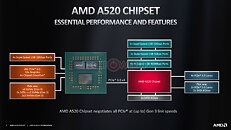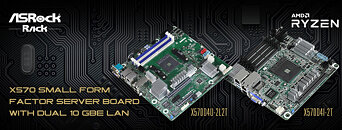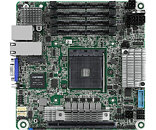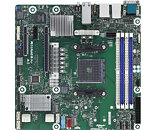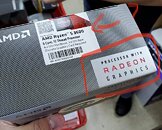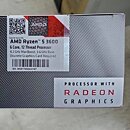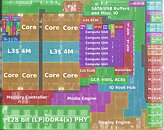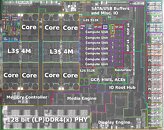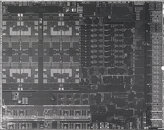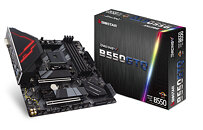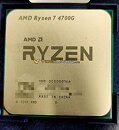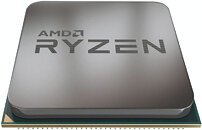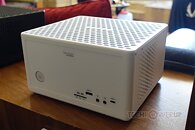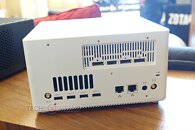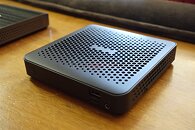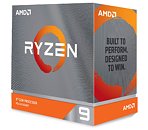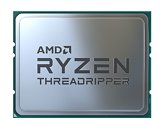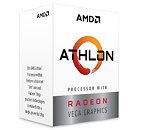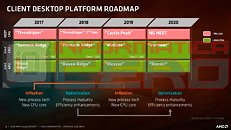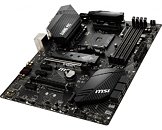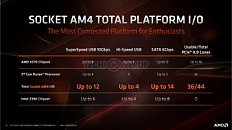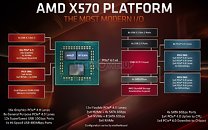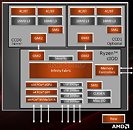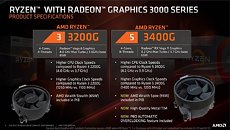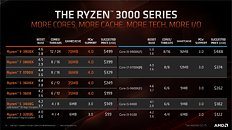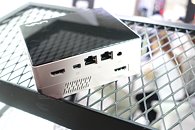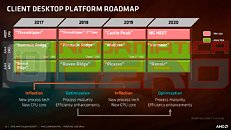
NVIDIA Studio Unveils New RTX- and AI-Accelerated Tools and Systems for Creators
NVIDIA Studio is debuting at CES powerful new software and hardware upgrades to elevate content creation. It brings the release of powerful NVIDIA Studio laptops and desktops from Acer, ASUS, Dell, HP, Lenovo, MSI and Samsung, as well as the launch of the new GeForce RTX 40 SUPER Series GPUs—including the GeForce RTX 4080 SUPER, GeForce RTX 4070 Ti SUPER and GeForce RTX 4070 SUPER—to supercharge creating, gaming and AI tasks.
Generative AI by iStock from Getty Images is a new generative AI tool trained by NVIDIA Picasso that uses licensed artwork and the NVIDIA Edify architecture model to ensure that generated assets are commercially safe. RTX Video HDR coming Jan. 24 transforms standard dynamic range video playing in internet browsers into stunning high dynamic range (HDR). By pairing it with RTX Video Super Resolution, NVIDIA RTX and GeForce RTX GPU owners can achieve dramatic video quality improvements on their HDR10 displays.
Generative AI by iStock from Getty Images is a new generative AI tool trained by NVIDIA Picasso that uses licensed artwork and the NVIDIA Edify architecture model to ensure that generated assets are commercially safe. RTX Video HDR coming Jan. 24 transforms standard dynamic range video playing in internet browsers into stunning high dynamic range (HDR). By pairing it with RTX Video Super Resolution, NVIDIA RTX and GeForce RTX GPU owners can achieve dramatic video quality improvements on their HDR10 displays.





